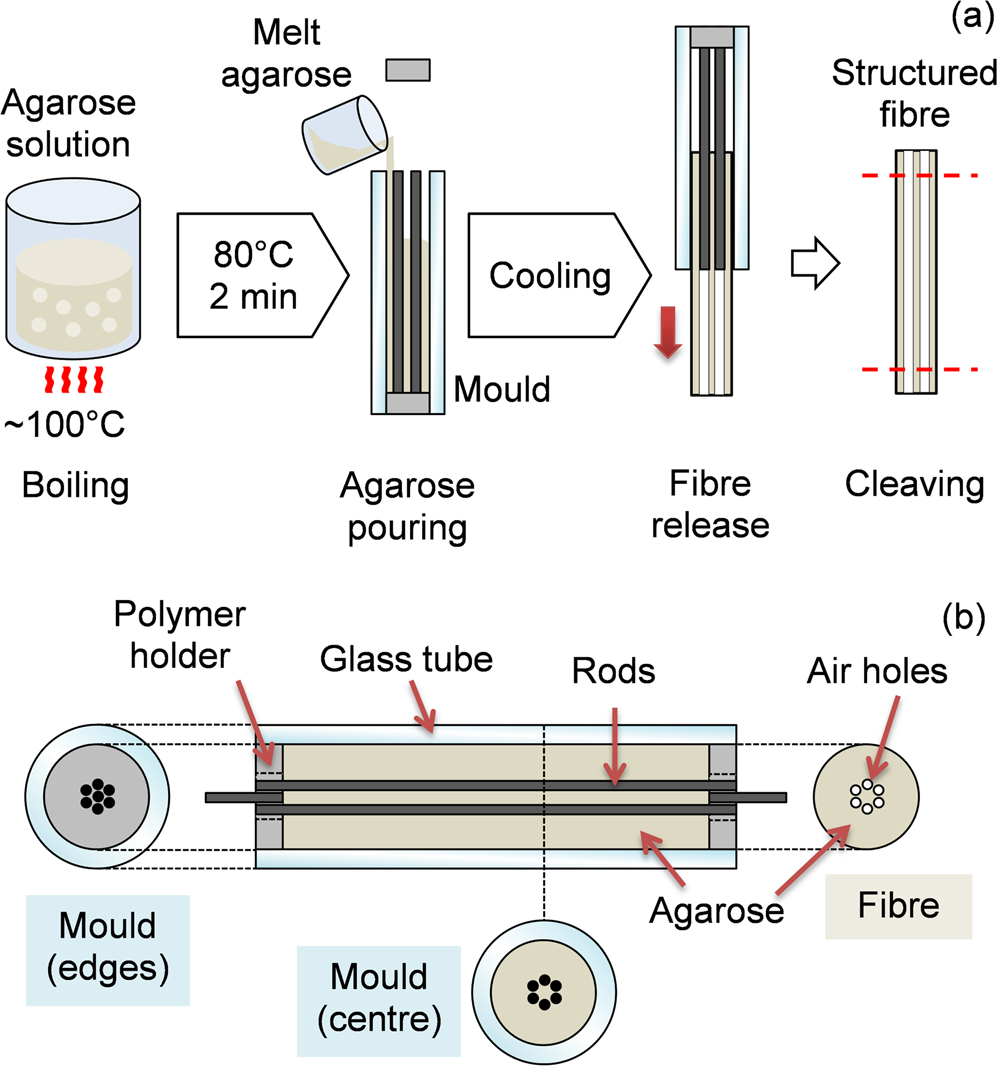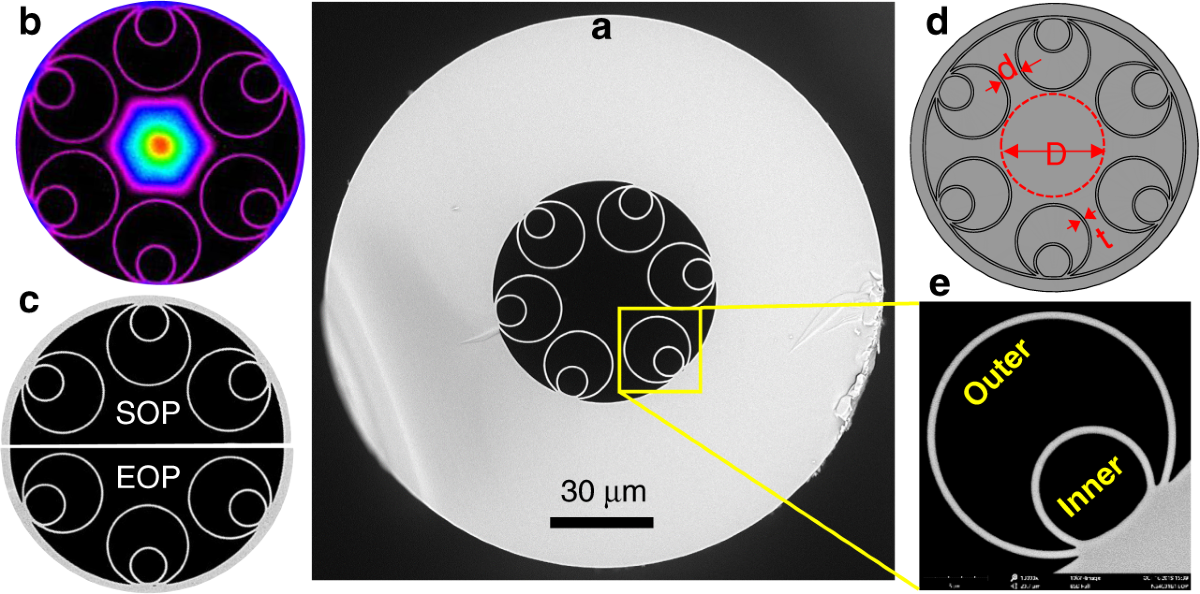The Importance of an Optical Fibre Diameter Analyser in Testing Environments
The Importance of an Optical Fibre Diameter Analyser in Testing Environments
Blog Article
Maximize Your Fiber Optic Performance: Recognizing Optical Fiber Size Analyser Technology
The performance of fibre optic systems is critically influenced by the accuracy of their size, an aspect frequently neglected in the search of optimum signal honesty. Understanding the modern technology behind optical fiber size analysers discloses the complex equilibrium in between dimension accuracy and manufacturing top quality. These tools not just improve compliance with market criteria yet additionally offer real-time understandings that can preemptively address potential problems. The ramifications of their use expand past simple dimension; they can essentially alter the landscape of fiber optic performance. What variables should one think about to harness their complete potential?
Importance of Optical Fibre Diameter
The size of optical fiber plays a critical function in establishing the performance and effectiveness of communication systems. It influences several crucial criteria, including the mode of light breeding, attenuation, and data transfer capability. Bigger diameters typically enable several light settings, assisting in higher data transmission rates. Alternatively, smaller diameters often tend to sustain fewer modes, which can enhance signal quality and minimize crosstalk.

Furthermore, understanding the diameter's effects can bring about cost savings by decreasing the requirement for signal boosting and repeaters in considerable networks (optical fibre diameter analyser). In final thought, the significance of optical fibre size can not be overstated, as it straight impacts the total effectiveness and dependability of modern-day communication systems

How Diameter Impacts Signal Quality
Signal top quality in optical fibre systems pivots dramatically on the diameter of the fibre. The size influences several crucial criteria, including attenuation, data transfer, and modal diffusion. A smaller size can result in higher depletion prices, leading to signal loss as light journeys via the fiber. This attenuation can jeopardize the honesty of the transmitted data, bring about a decline in signal high quality, specifically over cross countries.
Alternatively, larger sizes usually permit boosted light capture and lowered modal dispersion, boosting signal clarity. In multimode fibers, a bigger core diameter can support numerous light modes, however it may also present intermodal diffusion, which can deteriorate signal quality. As a result, choosing the optimum fibre size is crucial for achieving the desired efficiency in certain applications.
Furthermore, the communication between the fibre size and the wavelength of the light used plays an essential role in establishing the effective transmission distance and overall signal integrity. Recognizing just how fibre size impacts signal top quality is important for network designers and designers aiming to enhance optical fibre systems for reputable, high-speed data transmission.
Overview of Size Analyser Modern Technology
In many optical fibre production processes, accurate measurement of fibre size is essential for ensuring consistent performance and quality (optical fibre diameter analyser). Learn More Diameter analysers are this page innovative tools made to analyze the physical measurements of optical fibers with high precision. They utilize innovative optical and laser modern technologies to determine the size, ovality, and concentricity of the fibre, thus giving important data for top quality control
These analysers can operate in-line during the production procedure or as component of off-line screening methods. In-line systems allow real-time surveillance, enabling suppliers to readjust criteria promptly, thus preserving ideal production problems. Off-line analysers, on the other hand, supply extensive evaluations of batches, ensuring that any deviations from specified tolerances are identified and attended to.
Size analysers substantially add to the decrease of flaws in optical fibres, enhancing total product integrity. By constantly determining essential criteria, these technologies promote conformity with sector criteria and specs. As the need for high-performance optical fibers continues to increase, the duty of diameter analysers ends up being progressively vital in attaining the wanted quality and performance requirements in fiber optic systems.
Key Attributes of Fiber Diameter Analysers
Although numerous models of fiber size analysers exist, they commonly share a number of vital attributes that improve their capability and integrity. One of the most considerable functions is high-resolution dimension capacities, which ensure exact size analyses, vital for maintaining quality assurance in fibre manufacturing. Additionally, many analysers include advanced optical sensors designed to detect minute variations in fibre size, hence giving vital information for procedure optimization.
An additional essential feature is real-time surveillance, allowing operators to receive instant comments on fibre diameter throughout the production procedure (optical fibre diameter analyser). This ability facilitates fast changes and lowers the chance of defects. Several analysers likewise come furnished with easy to use user interfaces, enabling operators to quickly navigate through settings and information outcomes
Moreover, robust data storage and analysis performances are crucial for tracking historic efficiency patterns and making sure compliance with industry criteria. These attributes jointly contribute to the efficacy of fiber diameter analysers in optimizing fiber optic performance.
Ideal Practices for Fibre Optimization

First, routine calibration of optical fiber size analysers is vital. This ensures exact measurements and decreases potential inconsistencies that could influence performance. Next off, keeping a clean functioning atmosphere is important; dirt and pollutants can lead to indicate deterioration.
In addition, it is very important to pick fibres that meet certain application requirements. This involves reviewing variables such as depletion, bandwidth, and environmental problems. Proper setup techniques should likewise be followed, consisting of avoiding sharp bends and extreme stress, which can endanger fibre integrity.
Furthermore, using advanced surveillance systems can facilitate real-time performance analyses, enabling timely recognition of problems. Normal testing and maintenance must be conducted to guarantee that fibers remain within optimum functional specifications.
Lastly, training employees on the most up to date fiber optimization modern technologies and methodologies will improve their capability to apply reliable methods. By adhering to these ideal practices, organizations can considerably enhance the great site performance and life expectancy of their optical fiber systems, making sure reliable interaction and information transfer.
Conclusion
To conclude, the combination of optical fibre diameter analyser innovation is important for making the most of fiber optic performance. By making sure specific dimensions of fiber dimensions, these analysers considerably boost signal high quality and decrease losses during information transmission. Normal calibration and maintenance of the analysers are important to maintain ideal performance and compliance with sector requirements. Eventually, the application of this technology facilitates improved data transmission rates and strengthens signal integrity, adding to the general effectiveness of fibre optic systems.
Signal high quality in optical fibre systems pivots considerably on the size of the fiber.In several optical fibre production procedures, exact dimension of fiber diameter is crucial for making sure consistent efficiency and top quality. As the demand for high-performance optical fibers continues to increase, the role of diameter analysers comes to be increasingly essential in accomplishing the wanted quality and performance requirements in fiber optic systems.
These functions collectively add to the efficacy of fibre size analysers in optimizing fibre optic efficiency.
In verdict, the assimilation of optical fiber size analyser technology is critical for optimizing fiber optic performance.
Report this page